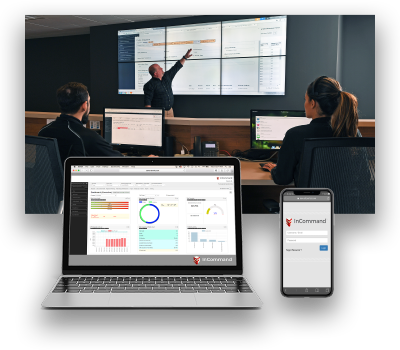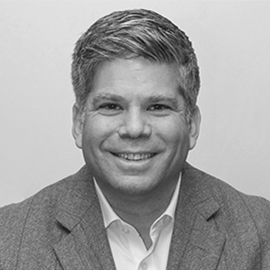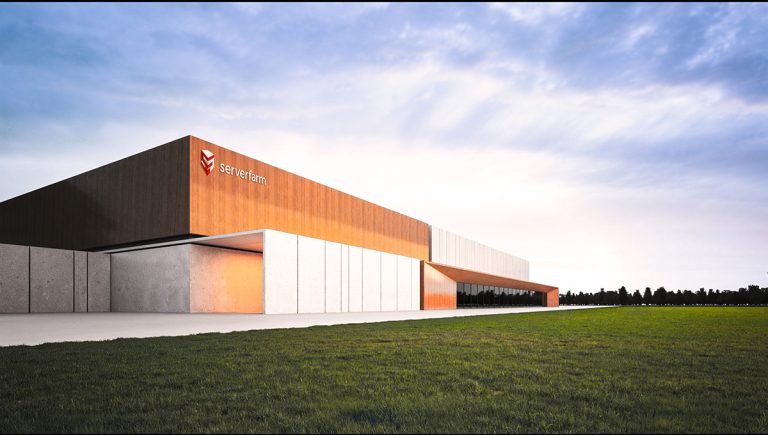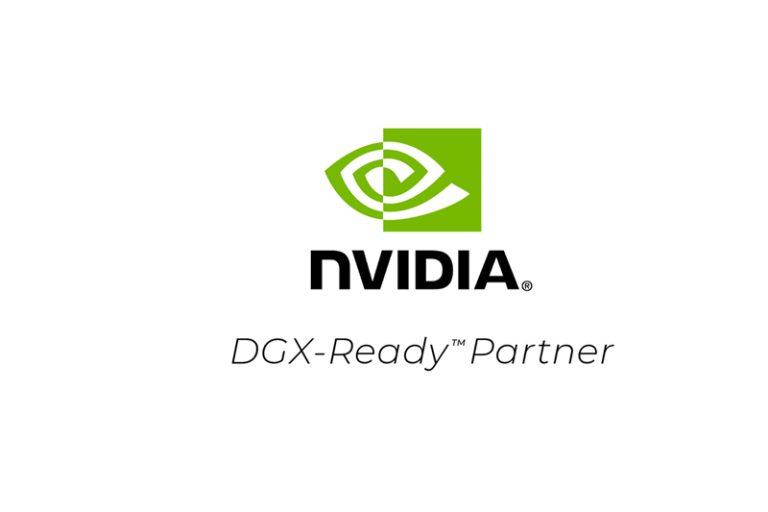That’s been our strategy for 20 years and we’ve become good at it. So today we’ve got our eye on several hotspots in Europe: Dublin, London, Frankfurt, and Amsterdam are the top four.
Interesting. So what market forces are enabling data center capacity to open up for you?
Well, about 15 to 20 years ago there was an explosion in enterprise-owned-and-operated data center capacity. So at the time, enterprises got highly competent in building/maintaining data centers of a relatively small-sized real estate and facility management environment.
Today, enterprise data centers own about 50% to 60% of the total capacity that’s been deployed. But the boom times have gone and many of these enterprise data centers are now vastly underutilized. Collectively they are probably running at only 30% of their capacity today.
There are many reasons why this happened. For one, enterprises saw a greater need to expand their capacity in new geographies, not at existing sites. Then, trends like virtualization — in compute, storage, and network — also changed the game.
Bottom line, most enterprises today figure it’s hard to create economies of scale in data center services as a core business.
Now it’s not that our customers have given up on data centers. All of them consider moving to the Cloud to be very important. It’s just that an even bigger issue for them is getting rid of the headaches of managing the physical aspect of data centers.
What are the consequences of enterprises getting out of the data center building and management business?
Dan, once they failed to invest in their data center development skills, they grew dependent on the infrastructure they built 15 or 20 years ago. Then, most of them outsourced the operation of those facilities to companies like CBRE and JLL. By doing that, they gradually lost their understanding of how the buildings, fabric, and all the physical aspects of a data center work together. So the enterprise no longer knows how to best evolve and modernize their infrastructure.
So as an enterprise, hiring a service provider like Serverfarm is pretty attractive because we can run their infrastructure regardless of where it is and how many pieces of infrastructure are in it. And we can manage it well from three key aspects: 1) an asset view, 2) a capacity view, and 3) future-change view.
With our approach, an enterprise can buy an outcome rather than a set of things. We offer them our real estate competence, our colocation competence, and our operational service competence wrapped in a platform we call InCommand.
Think of InCommand as a kind of service level agreement — an SLA that manages the assets they own, where they are located, and exactly how their assets come together and are used. Plus we manage all of the changes associated with those assets. The end result is infrastructure that is more reliable, more efficient, and cheaper to run than when they do it themselves.
So it sounds like a more comprehensive outsourcing service.
It is. The customer trusts us to take care of all of the physical assets we are putting together for them, not just the big things like generators and UPS, but everything in the data center: interconnect cables, switches, fiber connectivity racks, how distribution units move in data centers, I mean literally everything.
And that allows them to spin up infrastructure in the U.K. and in other European countries as we quickly move forward. But the key thing is they get absolute consistency across that experience whether they are with us in the U.S., East Coast, West Coast, in Canada, or in Europe.
Can you give me an example of what you mean by this “consistent experience”?
Yes, it means even though the infrastructure comes in a wide variety of buildings, equipment, and platforms, to the customer we make it look and feel like common Lego blocks.
We have eight data centers (a total of 100 megawatts across them): seven centers in the U.S. and one in the U.K. Yet no two of them came to us in the same way. Our Moses Lake facility in Washington State was an old U.S. Air Force command and control center. Our facility in Atlanta was a semiconductor manufacturing company. And our Santa Clara site came from another enterprise.
So, our skillset is to take very different facilities from different places and make the experience of operating them very consistent. And the way we did that was to stress three key things in our infrastructure management:











